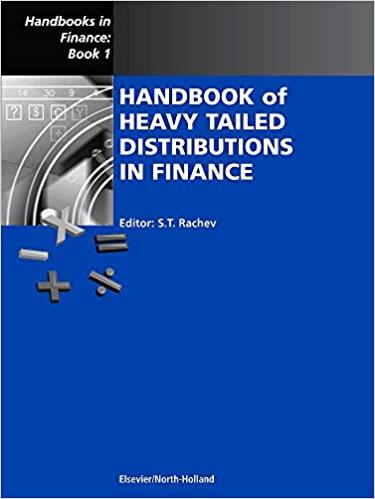Question
1) Projects A and B are mutually exclusive and have an initial cost of $79,000 each. Project A provides cash inflows of $25,000 a year
1) Projects A and B are mutually exclusive and have an initial cost of $79,000 each. Project A provides cash inflows of $25,000 a year for three years while Project B produces a cash inflow of $47,500 a year for two years. Which project(s) should be accepted if the discount rate is 10 percent? What if the discount rate is 12.5 percent?
A) Accept neither A or B at both discount rates
B) Accept A at 10 percent and B at 12.5 percent
C) Accept B at both discount rates
D) Accept both at 10 percent and neither at 12.5 percent
E) Accept B at 10 percent and neither at 12.5 percent
2) An investment that provides annual cash flows of $12,100 for 5 years costs $50,000 today. At what rate would you be indifferent between accepting the investment and rejecting it?
A) 5.89 percent
B) 6.05 percent
C) 7.55 percent
D) 6.71 percent
E) 3.02 percent
3) A project has an initial cash c of $60,000 and produces cash inflows of $15,250, $17,511, $18,652, and $21,547 for Years 1 through 4, respectively. What is the NPV at a discount rate of 15 percent?
A) -$1,867
B) $3,443
C) -$8,915
D) -$515
E) $5,479
Step by Step Solution
There are 3 Steps involved in it
Step: 1

Get Instant Access to Expert-Tailored Solutions
See step-by-step solutions with expert insights and AI powered tools for academic success
Step: 2

Step: 3

Ace Your Homework with AI
Get the answers you need in no time with our AI-driven, step-by-step assistance
Get Started


